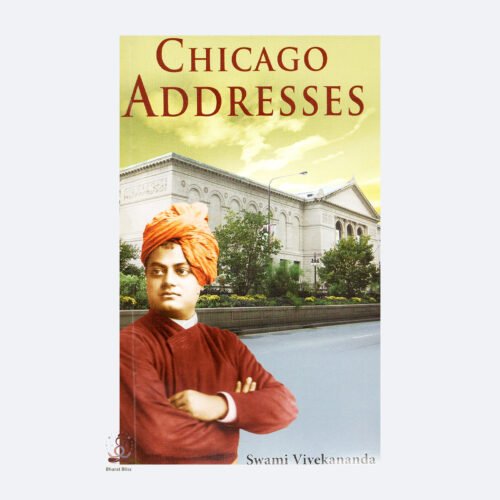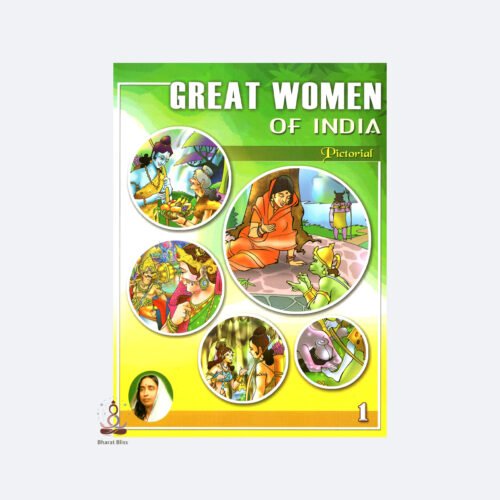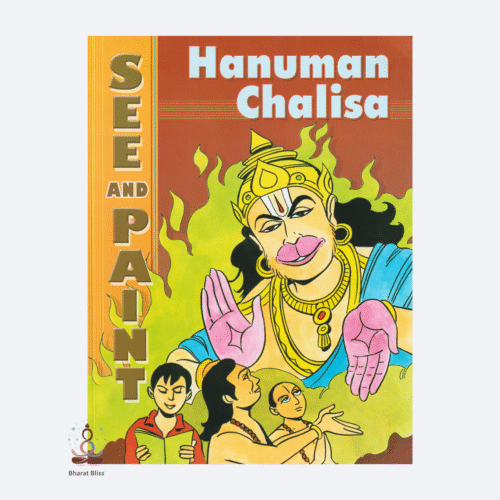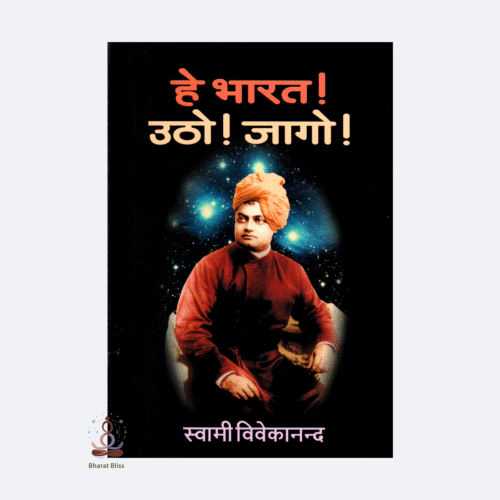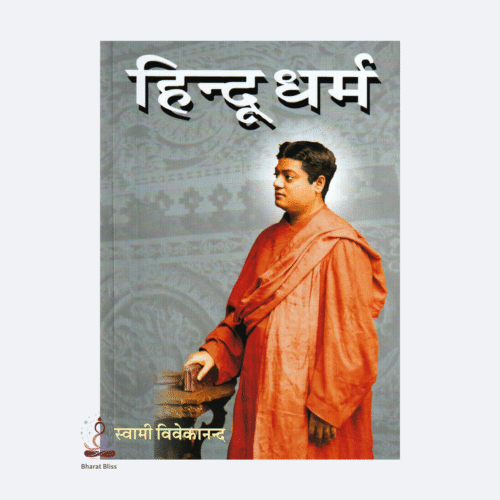कबीर अमृतवाणी
"कबीर अमृतवाणी" संत कबीरदास के अमृतमय दोहों और साखियों का संग्रह है। यह ग्रंथ भक्ति, आत्मज्ञान और आध्यात्मिक जागृति पर आधारित है। कबीरदास ने अपने दोहों के माध्यम से अंधविश्वास, पाखंड और बाह्य आडंबरों का विरोध किया और सच्चे प्रेम, ईश्वर भक्ति और आत्मज्ञान का मार्ग दिखाया।
पुस्तक की प्रमुख विशेषताएँ:
भक्ति मार्ग का संदेश – बिना किसी बाहरी आडंबर के सीधे ईश्वर से जुड़ने की प्रेरणा।
सारगर्भित दोहे व साखियाँ – सरल भाषा में गहरी आध्यात्मिक बातें।
अंधविश्वास और पाखंड का विरोध – धर्म के नाम पर किए जाने वाले ढोंग और रूढ़ियों की आलोचना।
ज्ञान और आत्मबोध – जीवन का वास्तविक उद्देश्य स्वयं को और परमात्मा को जानना है।
Kabir Amritvani
"Kabir Amritvani" is a collection of the divine verses (dohas and sakhis) of Sant Kabir, one of the greatest mystic poets and saints of the Bhakti movement in India. His teachings focus on spiritual wisdom, devotion (bhakti), and self-realization, breaking barriers of caste, religion, and rituals.
Key Themes of the Book:
Path of Bhakti (Devotion) – Encourages love and devotion towards the Supreme Being without rituals.
Universal Truth & Wisdom – Stresses that God is within, and true knowledge comes from self-awareness.
Criticism of Blind Faith & Hypocrisy – Rejects meaningless rituals and promotes inner purity.
Simple Yet Profound Poetry – Written in doha (couplet) form, making deep wisdom easy to understand.







